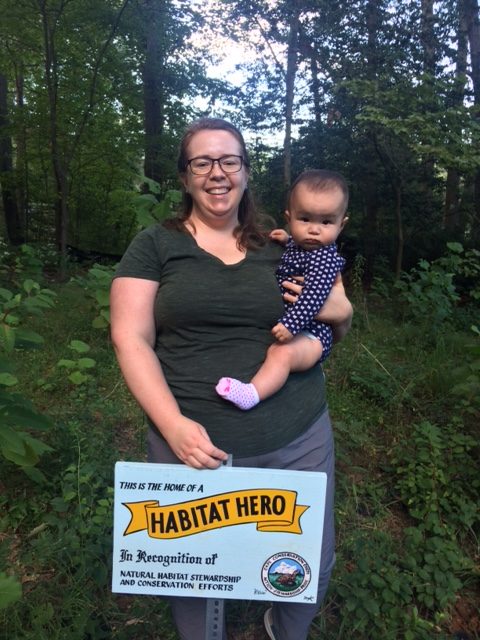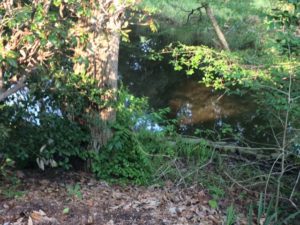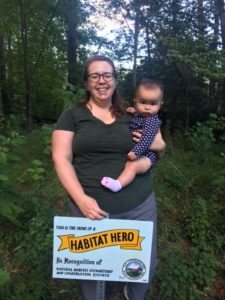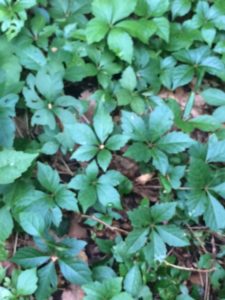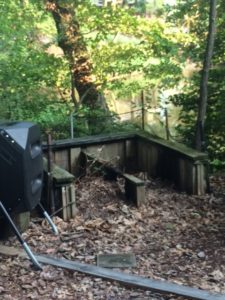
Backyard Baby Critters
September 10, 2018
Native Grasses: Overlooked and Underused
October 16, 2018Melissa Day
Congratulations to the 3rd Habitat Hero winner Melissa Day located on Hillendale Dr on the Little Magothy. The first thing I saw as I pulled up to her property was the Bay Wise Certified sign and I knew she was doing all the right things to be a Habit Hero. As I walked around her property, I marveled at the mix of habitats in the yard, there were mature trees creating a shady front area, wetlands, moss patches, grassy area in the back and beautiful gardens teeming with native plants. A monarch was nectaring on many of those summer blooms; he could have been born right there in her yard as it contains Milkweed, the monarchs only host plant. Melissa was also fortunate to have nesting bluebirds and cardinals in part because the landscaping has all the comforts a nesting pair of birds would need- food, water sources, shelter, and leaf litter. Food sources include nectar plants, fruit bearing shrubs, bird feeders and native plants containing soft bodied caterpillars birds require to feed their young.
In addition to the natural water source living on the Little Magothy provides, Melissa provides water in the form of bird baths. She has placed several nesting boxes in the yard and has many natural areas to act as havens or hideaways. As she sits in her upstairs she can look out on the yard and observe a wide range of birds making their home or brief visit to her yard. In addition to the many songbirds, a large variety of water birds including the great blue heron, green heron, egrets, cormorants and even eagles visit her landscape.
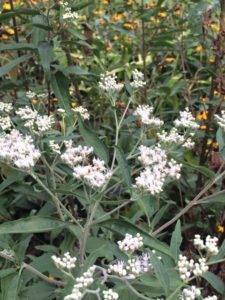
Melissa has been doing the hard work of removing non-native and invasive plants from the yards and plans on continuing to remove Rosebushes, Daylilies and English Ivy that are not providing any benefits to the ecosystem and replace them with natives. She leaves the fallen leaves in place to encourage overwintering insects as well as insect loving birds that will forage in those leaves, including robins, towhees and thrashers. Other eco-friendly practices in their landscape include composting, mitigating runoff, shunning fertilizers and other chemicals. Very Bay-Friendly practices! In addition to continuing to remove invasive plants Melissa plans on adding wetland grasses to her waterfront such as Spartina. One thing Melissa does in her yard or rather doesn’t do is pulling up “popups”. There are so many volunteer plants growing in her yard that have appeared naturally. Instead of mowing them down or yanking them out she allows them to thrive. I saw Pokeweed, Boneset, St John’s Wort, Tulip Poplar seedlings that have just sprouted on their own thriving in her yard.
On her side yard where drainage and runoff were a problem she has tried to mitigate the problem with PVC drainage system and dense plantings. She has a beautiful stand of ferns thriving in the moisture. All of these practices lead to a “slow it down, spread it out, and soak it in solution”.
I enjoyed my time in Melissa’s yard and seeing all of the bay friendly landscaping practices she is utilizing and the natural habitats she has created. Her yard is truly a functioning ecosystem and that makes Melissa Day a Habitat Hero!!


